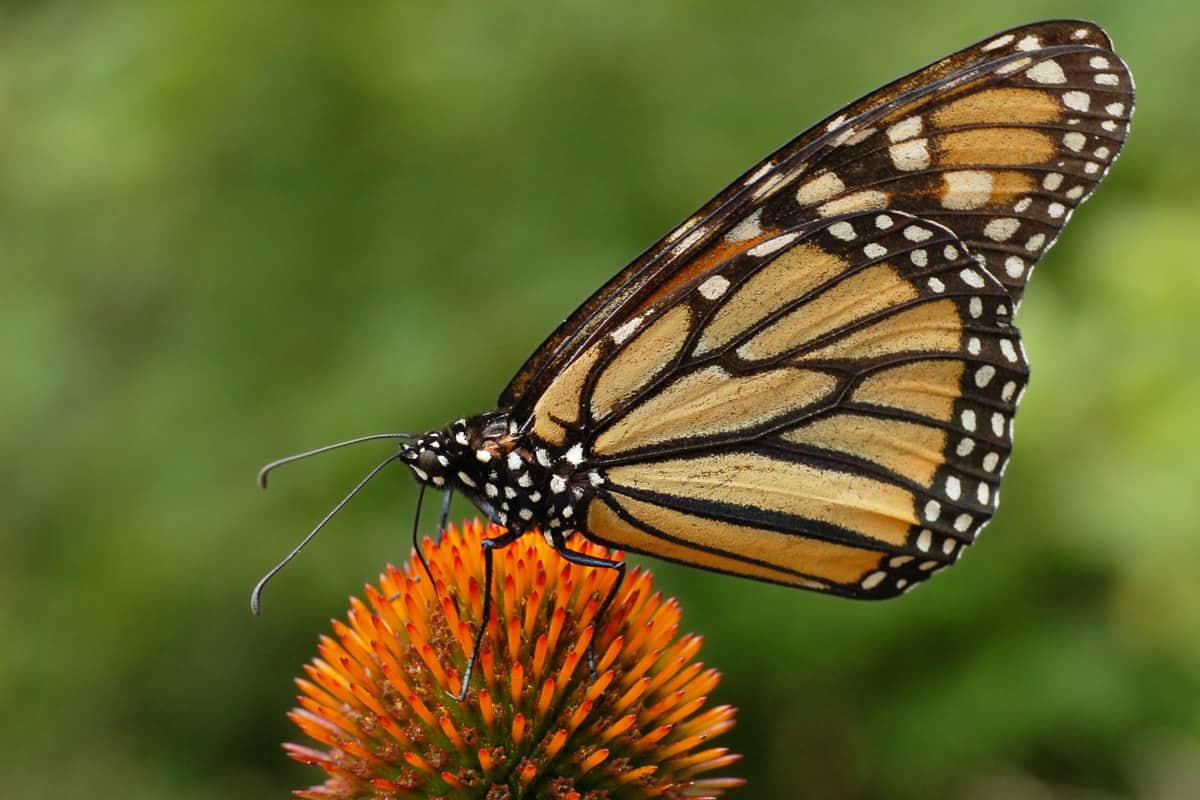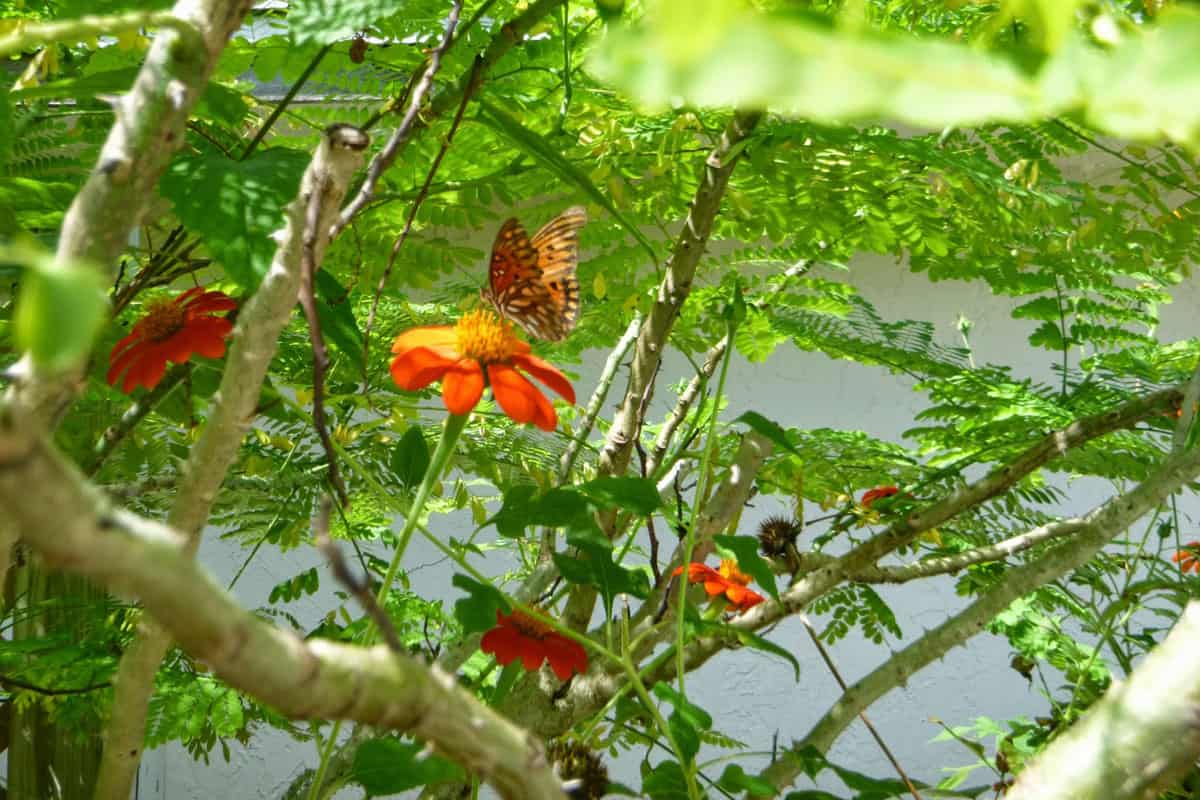
Monarch Butterfly Danaus Plexippus. Photo courtesy of Wikipedia Commons.
For generations, the butterfly has been a source of inspiration and wonderment. While these delicate and fascinating creatures brighten our days, the winged workers also help to pollinate gardens and crops. In Fort Lauderdale, we’re fortunate to see butterflies fluttering about year-round.
Happiness is a butterfly, which when pursued, is always just beyond
your grasp, but which, if you will sit down quietly, may alight upon you.
–Nathaniel Hawthorne
If you’ve ever appreciated these winged creatures, you’re in luck! Located in Coconut Creek, a city in the northern section of Greater Fort Lauderdale, is Tradewinds Park —home to Butterfly World. The three-acre butterfly park is the first of its kind in the United States and the largest in the world.
We delight in the beauty of the butterfly, but rarely admit the
changes it has gone through to achieve that beauty.
-Maya Angelou
Over the course of a given year, the park hosts about 300 species on their ever-changing list. Thanks to the favorable Fort Lauderdale weather, there are between 2,000 to 3,000 butterflies flying about every day in the park. Of those, there are about 80 species. According to the park, butterflies are most active on bright, sunny days.
Happiness is like a butterfly: the more you chase it, the more
it will elude you, but if you turn your attention to other things,
it will come and sit softly on your shoulder.
-Henry David Thoreau

Monarch butterfly on display at Butterfly World.
Butterflies are self propelled flowers.
-R.H. Heinlein
Visiting Butterfly World
Your Butterfly World tour starts at the farm. Here you can view the butterfly life cycle through laboratory windows. If you’re lucky, you can watch the larva become transparent and the butterfly emerge.
The North American Aviary is your next stop. This structure houses species native to Florida, including the Julia, monarch, giant swallowtail and zebra. The brightly colored insects fly around freely, sometimes alighting on a visitor’s shoulder. Also included in this aviary is a floral collection of select plants from North and South America, as well as the Caribbean. Included in the floral collection are about 100 flowering orchids.
Next on your journey is Basket Walk. This walkway is lined with nectar-producing blossoms, a favorite of butterflies, and pupa-emerging cases.
The walkway leads to Tropical Rain Forest, the main aviary. In this large screened building is lush landscaping that includes a waterfall, observation decks, bridges and a pool with Technicolor Japanese koi. Hundreds of tropical butterflies go about their day freely in this structure alongside blue, yellow, white and green parakeets. Adding to the experience are tropical rain showers that fall every five minutes.
Just outside the Tropical Rain Forest is the botanical vine walk. Along this path are passion vines and the Dutchman’s-pipe —a favorite of the black and yellow swallowtail.
Next is Sulfur City, where sulfurs and other native Florida butterflies feed on the blossoms in the outdoor gardens. Also included in this stop is the milkweed pasture, where butterflies like the monarchs and queens feed. A few yards away is the museum and insectarium, an international collection of pinned insect and butterfly specimens.
On your way out, don’t forget to stop by the gift and plant shop. Here you can purchase plants that can help turn your garden into a mini-Butterfly World!
May the wings of the butterfly kiss the sun
And find your shoulder to light on,
To bring you luck, happiness and riches
Today, tomorrow and beyond.
-Irish Blessing
Learn More About Butterfly World
Visit the Butterfly World website to learn more about the park and plan your visit. In the meantime, we hope you will enjoy the video introduction to the park that is below.





